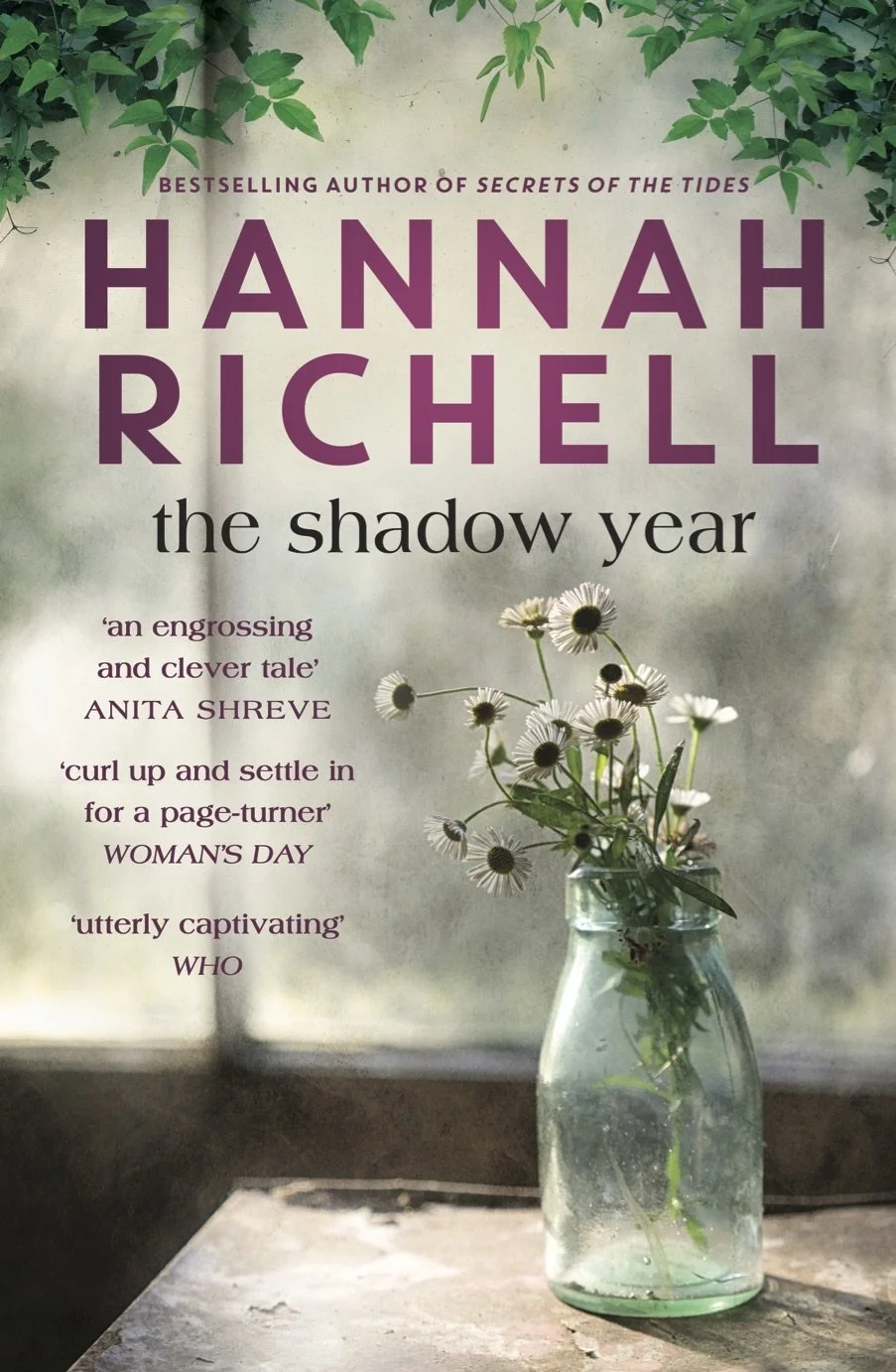Writing The Shadow Year
The Shadow Year came to me in the process of writing of a very different novel. I had 100,000 words of a very shaky first draft in the locker when a scene came to me: a young woman in the present day drifting around a derelict cottage in a remote lakeside location. Something about the mood of this scene grabbed me. I knew she was a woman in a lot of personal pain, but not so damaged as to be unaware of eerie traces of the cottage’s past inhabitants. I imagined the woman – Lila as she became – starting to peel back the layers of the cottage, renovating it to distract herself from issues in her own life. But as she restores and updates the property, she also begins to reveal the layers of a second, more elusive story.
Every rational bone in my body told me not to ditch the draft of the novel I ‘d been working on and pursue the thread of this new story. But, something about the idea was so exciting to me and it just wouldn’t leave me alone. Scenes kept expanding in my head to the point where after a week or so of soul-searching and a couple of frank but supportive chats with my agent and publisher, I decided to park what I’d been working on and pursue what would eventually become The Shadow Year.
My debut novel, Secrets of the Tides, was a story about a family in crisis and in thinking about the cottage’s past, I realised what I was most interested in exploring in my new novel was the dynamics between a close-knit group of friends – how a group of people, living in relative isolation, could not only take on different roles and begin to shift and evolve, but how they might also become exaggerated personas of themselves, or at times of great stress, even breakdown completely. I was inspired along the way by other stories I’d read and loved a few years ago: Lord of the Flies and The Secret History. It feels audacious to even write those book titles in a piece about my own writing, but I suppose what I was essentially inspired by was the way both novels explore that ‘wildness’ that can take over the human spirit when we are jolted out of our comfort zone. (Interestingly, as I wrote, I realised that the friends were evolving into a kind of dysfunctional family of their own – each of them taking on a familial role, be it pseudo-parent or child and so I know the theme of ‘family’ and belonging is buried there in the story, just as it was in Secrets of the Tides.)
I decided to shape the novel as two complete years approximately thirty years apart, interwoven month by month in alternating chapters until they meet at the end of the book. The idea of the ‘shadow year’ in the book title, therefore, refers to both the themes of the novel – in the case of Lila, a year spent learning to dig herself out of grief and pain and being able to step out of the shadows – or, as in the case of the friends, a year spiralling into darkness – as well as the fact that the structure of the story is one year overshadowing another. I enjoyed playing with the conflicting arcs of the two stories – one moving from a place of despair towards hope, while the other shifts from hope and optimism towards a much darker place. The two story strands criss-cross over each other and there are lots of clues and motifs threaded into the text along the way to (hopefully) create a sense of mystery or tension. I’ve always been interested in how the past can reach out to touch a person’s present, or indeed mould their future and so this theme is woven inherently into the novel.
The setting was a little more tricky. I wanted, as in Secrets of the Tides, for a strong sense of place to be central to the story, almost as much of a character as the people who inhabit it; and I knew it had to be somewhere remote, with its own specific and believable wildness. I considered a couple of options but eventually settled on the Peak District. Pulling things together required a fair bit of research, both about the landscape and its flora and fauna as well as the potential for seasonal foraging and living off the land, as the group of friends are keen to live as self-sufficiently as possible. I was fortunate to be able to go to the Peak District earlier this year to take a look around. It was far too late for my writing as the book had already been sent to the printers, but it was brilliant to be able to go and experience it for myself, and to reassure myself that I had done the area justice, fingers crossed.
Fortunately, once I had plotted a basic outline and settled on the location and structure, the story came quickly. The structure helped keep things tight and controlled, and the landscape and seasons often dictated the plot, there being natural parameters to what could and couldn’t happen. So, I sat down and I wrote it in a fury – both in pace, but also furious at myself for coming up with the idea so close to my deadline. I think some of that fury is there between the pages now, for I can see, as a novel, it is dark and twisty in places and, I hope, will capture readers’ imaginations and keep them guessing until the final page.
If you read The Shadow Year this year, a big thank you from me and I hope you enjoy it. Feel free to let me know what you think, good or bad.

